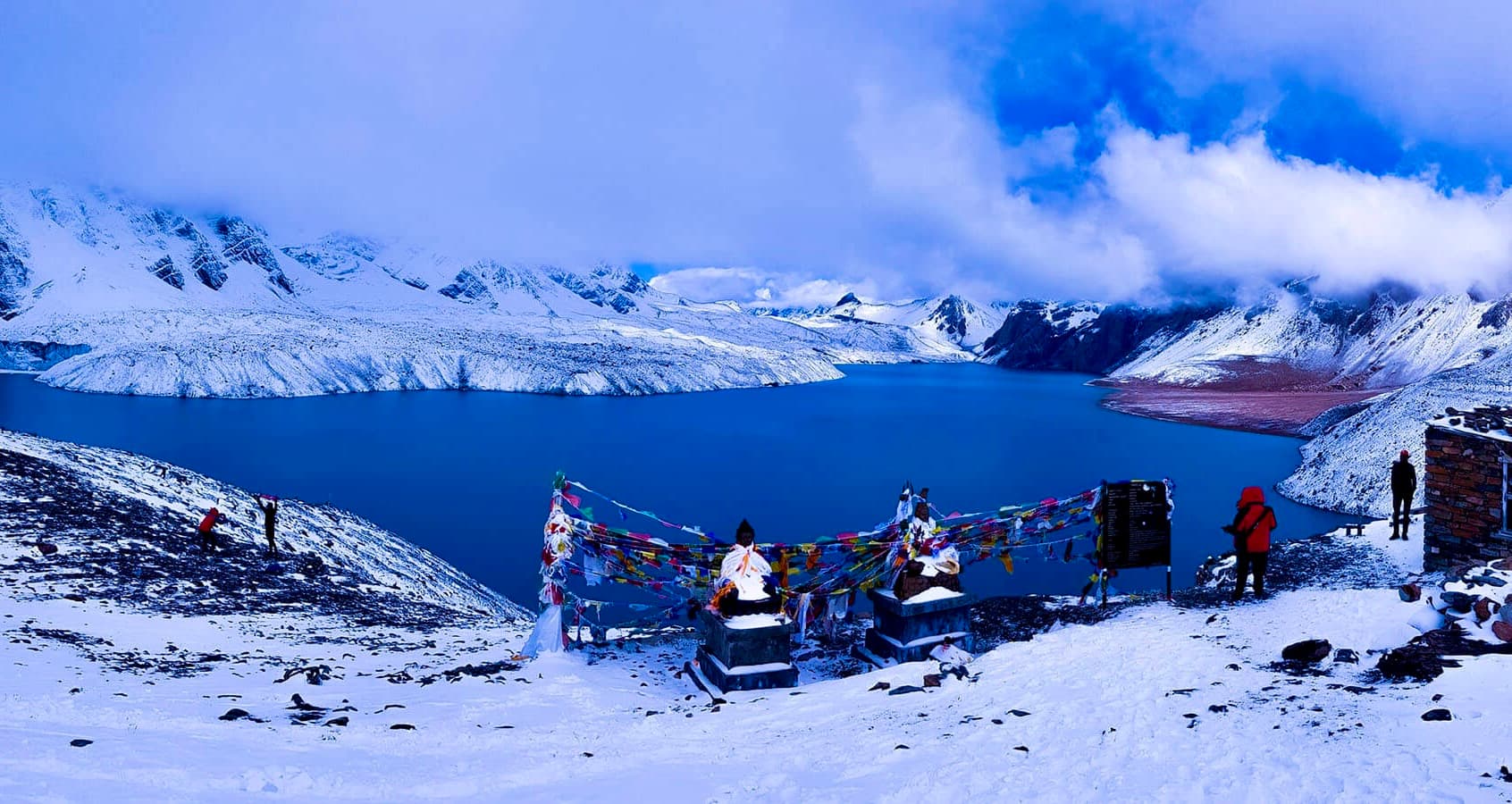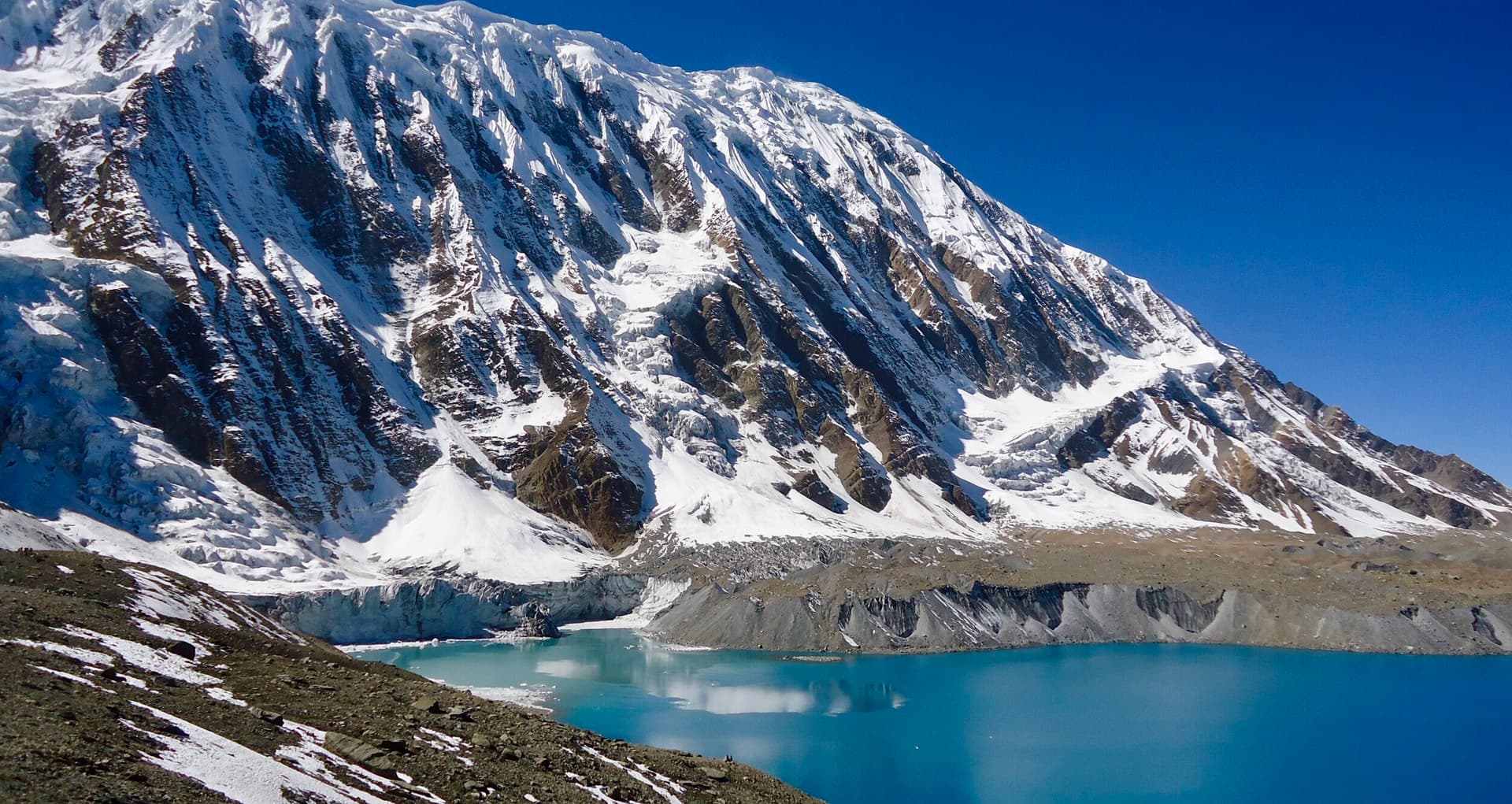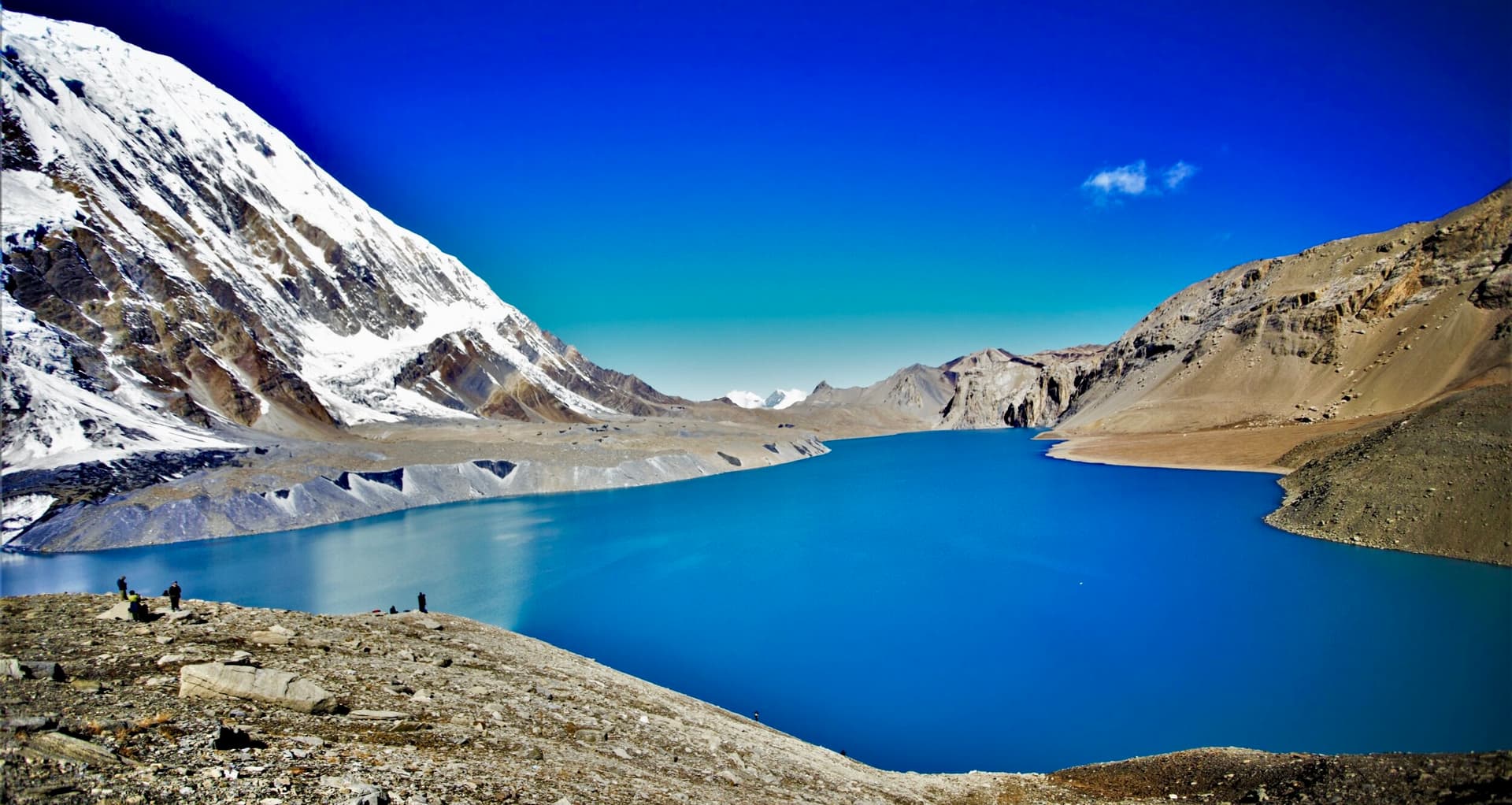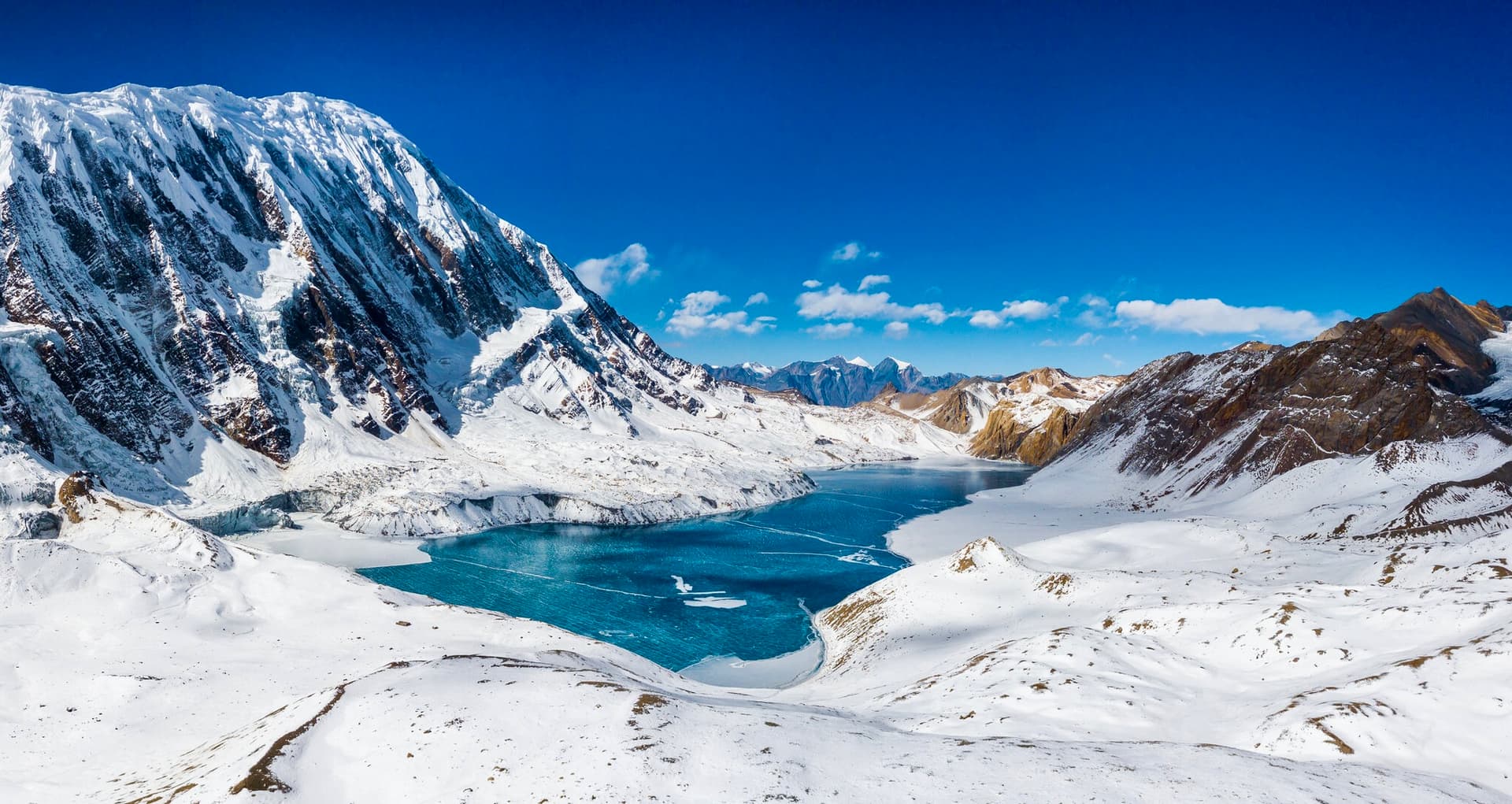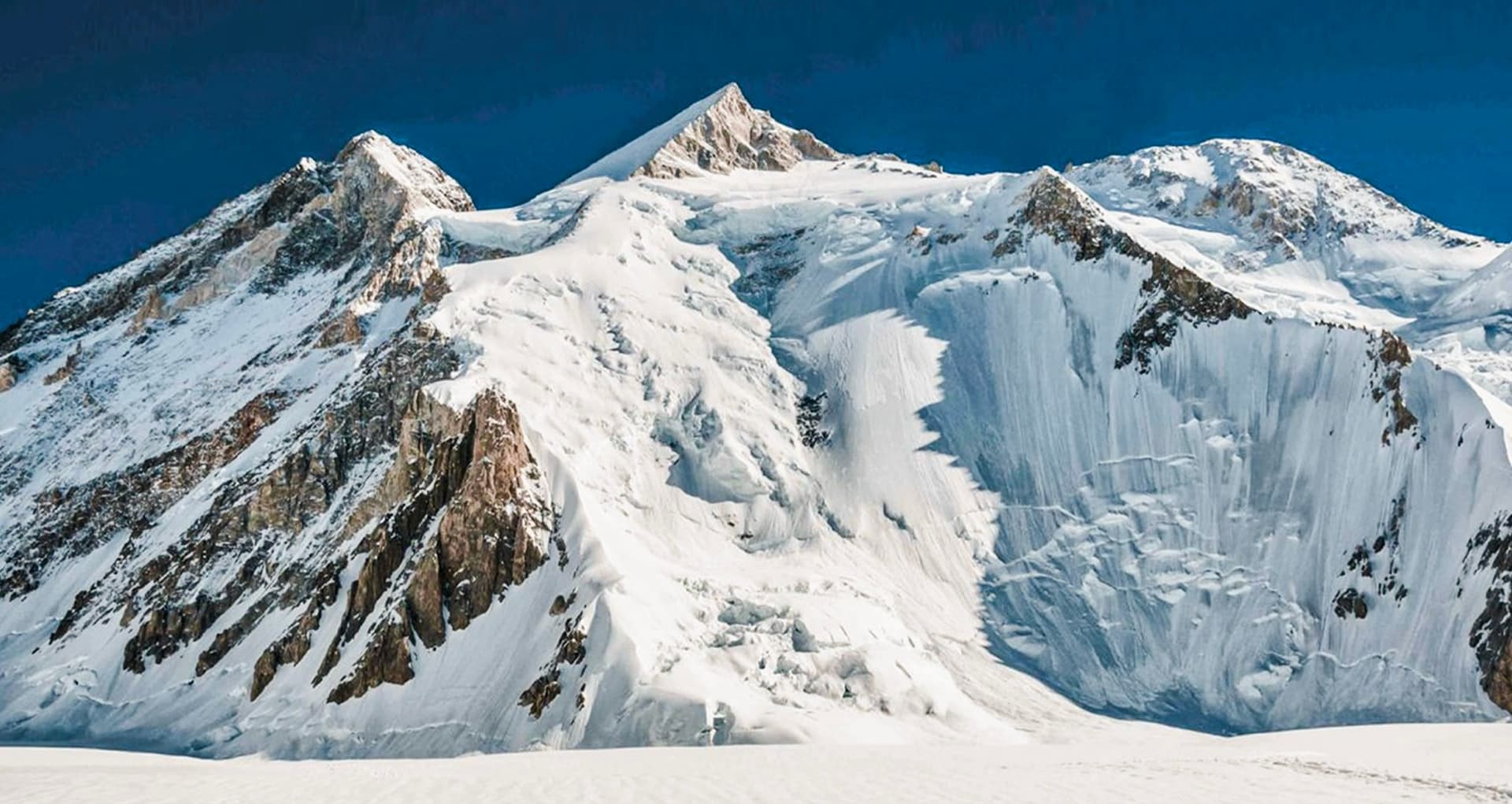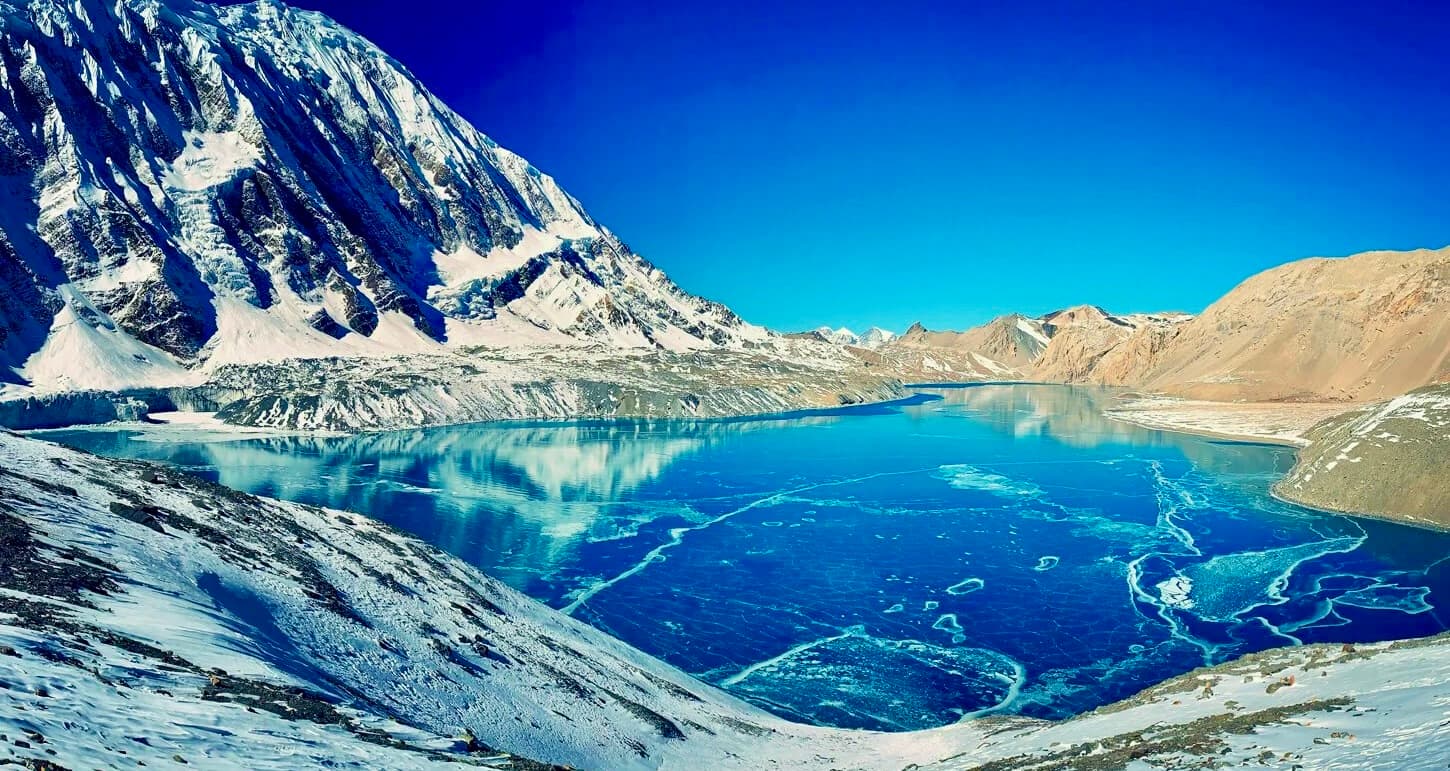The Tilicho Peak Expedition is a remarkable journey into Nepal's majestic Annapurna region, combining the thrill of high-altitude climbing with the mesmerizing beauty of the Himalayas. Standing at an impressive 7,134 meters, Tilicho Peak towers above the iconic Tilicho Lake, the world’s highest glacial lake. This expedition is not just a test of endurance but also an opportunity to explore diverse landscapes, from lush green valleys to rugged mountain terrain. Beginning with an overland drive from Kathmandu to the trailhead, the journey takes you through charming villages like Chame and Manang, providing glimpses into the rich culture and traditions of the local people.
The climbing phase is both challenging and rewarding, requiring technical skills to navigate steep ascents and icy slopes. Supported by experienced Sherpas and a well-equipped base camp, climbers tackle this formidable peak while soaking in panoramic views of Annapurna, Dhaulagiri, Gangapurna, and Manaslu. The expedition also ensures proper acclimatization with rest days in Manang and Base Camp, making it ideal for experienced mountaineers seeking a new challenge. With its blend of adventure, breathtaking scenery, and cultural immersion, the Tilicho Peak Expedition is a bucket-list journey for any passionate climber.
Major Highlights: Tilicho Peak Expedition (7,134m)
- Summit Adventure: Conquer the formidable Tilicho Peak (7,134m), one of the most iconic climbing peaks in the Annapurna region.
- Tilicho Lake: Witness the pristine beauty of Tilicho Lake, the world’s highest glacial lake, nestled amidst breathtaking Himalayan landscapes.
- Annapurna Panorama: Enjoy panoramic views of towering Himalayan giants, including Annapurna, Dhaulagiri, Manaslu, and Gangapurna.
- Cultural Immersion: Explore traditional villages like Chame, Manang, and Khangsar, experiencing the unique culture and hospitality of the local communities.
- Technical Climbing Challenge: Test your climbing skills on steep ascents, icy ridges, and mixed terrain under the guidance of experienced Sherpas.
- Rich Biodiversity: Trek through the Annapurna Conservation Area, home to diverse flora, fauna, and stunning natural landscapes.
- High-Altitude Adventure: Experience the thrill of trekking and climbing in the high-altitude wilderness, with acclimatization days ensuring a safe ascent.
- Comprehensive Support: Benefit from expertly organized logistics, including well-equipped base camps, climbing gear, and experienced guides.
- Lifetime Achievement: Earn the prestige of summiting one of Nepal’s most challenging and beautiful peaks, capped with a certificate from Nepal’s Ministry of Culture, Tourism, and Civil Aviation.
Route Overview
The Tilicho Peak Expedition begins in Kathmandu, where climbers prepare and gather permits before driving to Besishahar, the gateway to the Annapurna region. From Besishahar, the route transitions to off-road trails leading to Chame and then to Pisang, offering spectacular views of the surrounding peaks. The trek continues to Manang, a cultural hub where trekkers acclimatize and explore local traditions.
The journey proceeds to Khangsar and the Tilicho Lake Base Camp, passing through rugged trails and pristine landscapes. After further acclimatization, climbers move to high camps and embark on the technical ascent of Tilicho Peak (7,134m), navigating icy slopes and steep ridges. Following a successful summit, the route descends back through Manang and Tal, eventually returning to Kathmandu. This route offers a blend of cultural immersion, stunning natural vistas, and a challenging mountaineering experience, making it a complete Himalayan adventure.
If you need any further information, please contact us by email: [email protected], Phone: +977- 985 100 5129 (WhatsApp)

